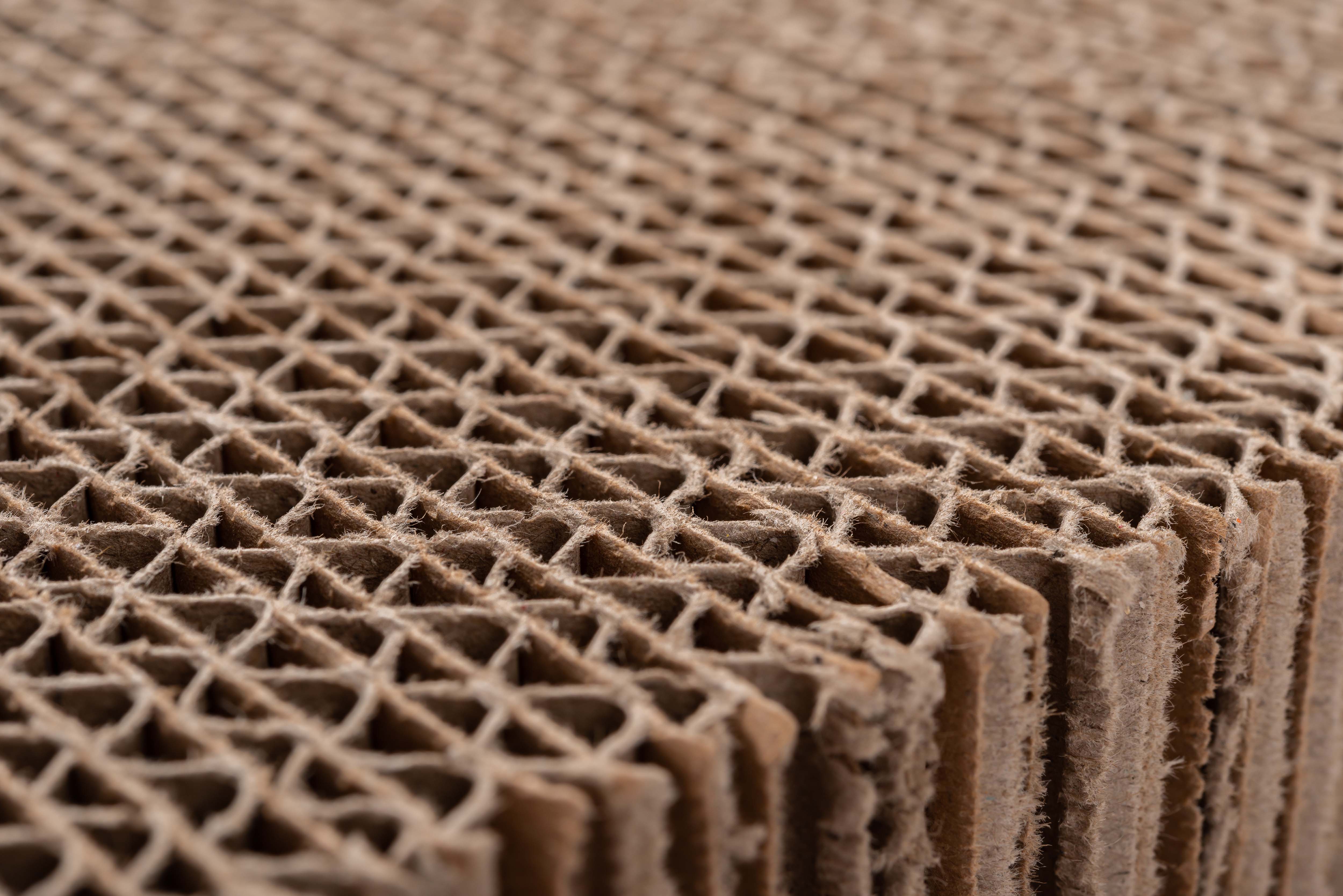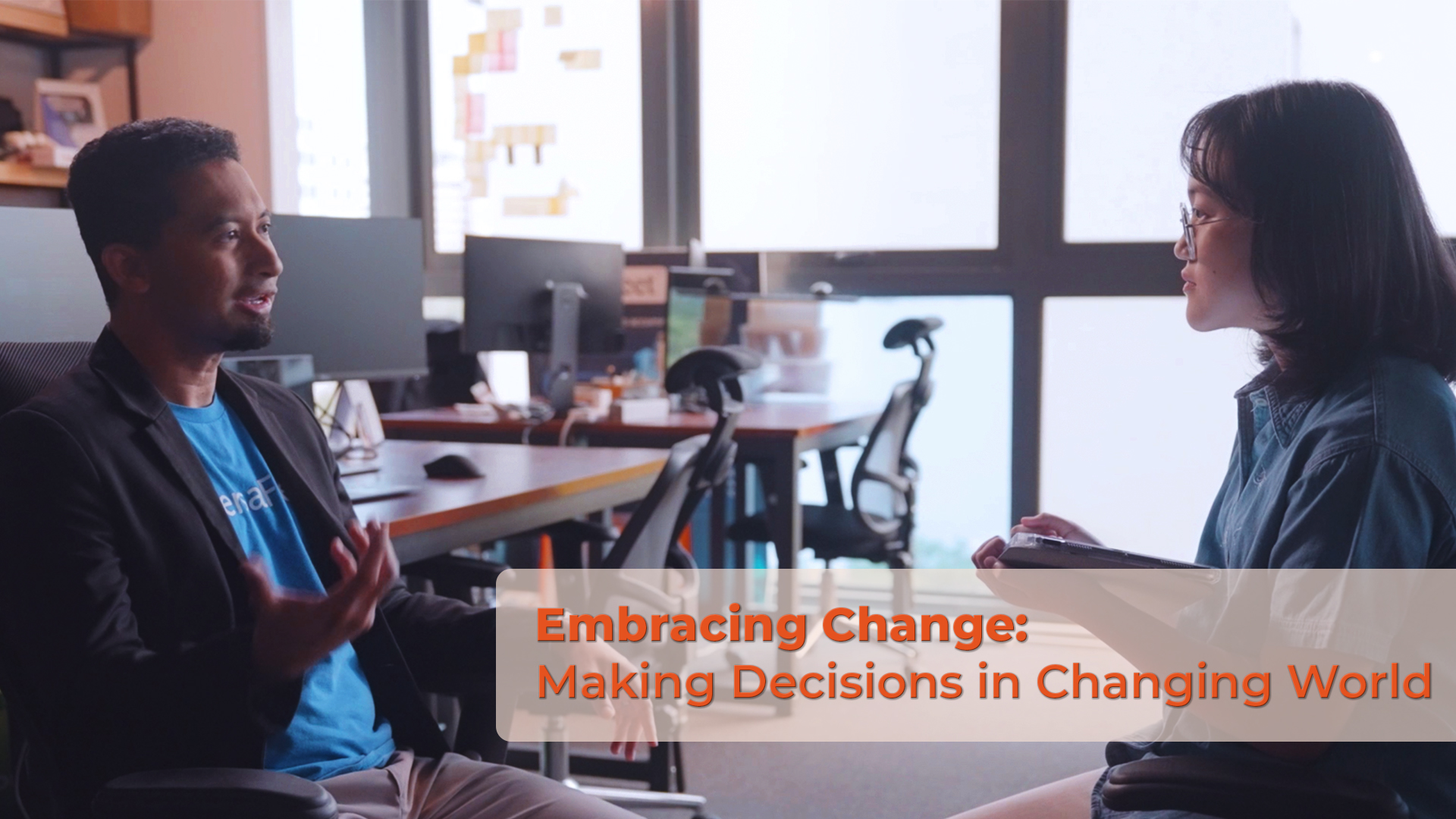Does cardboard have superpowers?
27 Oct 2021

An Educator Explains: How is it possible that the bed frames at the Tokyo Olympics were made of cardboard? Dr Darren Tan, Senior Curriculum Specialist for Physics, takes us through the science of cardboard and other super materials.
By Dr Darren Tan, Senior Curriculum Specialist (Physics), Ministry of Education
When is the last time you came across some cardboard? Can you get your hands on some cardboard right now? Have you ever marvelled at the cardboard used to package a delivery? What is cardboard? How is it made? Why did the Tokyo 2020 Olympics make bed frames out of cardboard?
If, like me, you’ve ever cut your fingers on cardboard in your unboxing haste, you would have realised that cardboard – like paper – is capable of inflicting paper cuts!
And what is paper? Paper is basically a criss-crossed matrix of plant fibres pressed and bonded together into a thin sheet. (You can easily look online for nice images of paper viewed under a microscope.)
Cardboard is essentially super paper
Cardboard is usually thicker than paper, which makes it stiffer. But it is actually a whole lot stronger than paper because it has a distinctive sandwiched corrugation layer. The addition of corrugation transforms cardboard into a super material that is made from paper. (There are fascinating YouTube videos showing the efficient process of making cardboard in large modern factories. Look them up!)

To understand how corrugation boosts structural stability, consider this simple demonstration. A flat sheet of paper is “floppy” and will easily bend and flap like a flag in a breeze. But introducing a fold in the paper throughout its length alters its geometry, and resists bending in a perpendicular direction.
Grab a couple of Singapore dollar notes (which are made of plastic rather than paper but will still illustrate the point – this just substitutes plant fibres for polymer chains).We see that a straightened note will flap easily. But a curved note creates a stiffer structure, which can now support a weight. The column can more effectively resist collapsing in various directions.
Can you create cardboard furniture?
At this point, you might be wondering how a bed made of cardboard could possibly support the weight of an Olympic athlete. The dollar note can support some weight but not a lot. And if you sat on an empty cardboard box, it would probably just collapse in (so please just imagine this and don’t get injured trying this).
In design and engineering, it is all about being strategic. If you tried sitting on the top of an empty cardboard box, the only supporting structures would be the four vertical sides of the box, which are quite far apart, and so the large forces would cause the sides to bend inwards, causing you to fall in. To fashion a feasible stool out of cardboard, try first opening all the flaps and then rolling the cardboard up tightly. This compact cylindrical structure would then be able to take your weight, as the weight would be distributed over many layers of cardboard.
Fancy a bed of cardboard?
Tokyo 2020 is the first Olympics to achieve carbon neutrality and to run entirely on renewable energy. All athletes at the 2020 Olympics would have noticed some of these sustainability efforts, including personalised beds with recyclable frames made entirely from cardboard.
“Cardboard is but one example of super materials that humans have invented… We should aim to use our human ingenuity to make the best use of resources we have on Earth.”
This isn’t to say you should replace your current bed with a cardboard one right now, unless your current bed is not in good condition. If you have a solid bed made of traditional materials (like wood) that you use for your entire life and even pass it down to your children, that’s probably very sustainable as well.
But in the context of the Olympics, this is a mega event with lots of people converging onto a temporary location, creating a huge spike in demand that only needs to be catered to for that brief period. After that, the beds might not really be required anymore, cardboard or not.
What can we take away from our explorations into the science of cardboard? Well, cardboard is but one example of super materials that humans have invented. You can explore the links provided below to learn about interesting ways that folding and cutting have been applied to cutting-edge research.
We should aim to use our human ingenuity and understanding of scientific principles to make the best use of the resources we have on Earth, and leave a sustainable planet for generations to come.
If you really love cardboard, here’s some further reading
Manipulating structural geometry by folding and cutting lies at the intersection of art and science. Read more at the following links:
- “Cutting and folding toward innovations in medicine, design, and more”
- “Kirigami designs hold thousands of times their own weight”
- Chen, S., Chen, J., Zhang, X. et al. Kirigami/origami: unfolding the new regime of advanced 3D microfabrication/nanofabrication with “folding”. Light Sci Appl 9, 75 (2020).
Here are some links to hands-on activities that you can try out in the comfort of your own home. Nothing beats doing it yourself so that you can experiment, observe and gain an intuitive understanding of the interaction between material properties and structural geometry!
- https://www.scientificamerican.com/article/paper-bridges/
- https://www.exploratorium.edu/structures/paperbridges.html
- https://www.wired.com/video/watch/how-this-guy-stacks-playing-cards-impossibly-high
Lastly, check out Paper Carpenter. It is a cardboard design agency in Singapore that produces a wide variety of cardboard furniture, and was behind the 2018 Singapore record by Changi Airport for the Largest Cardboard Landscape.





